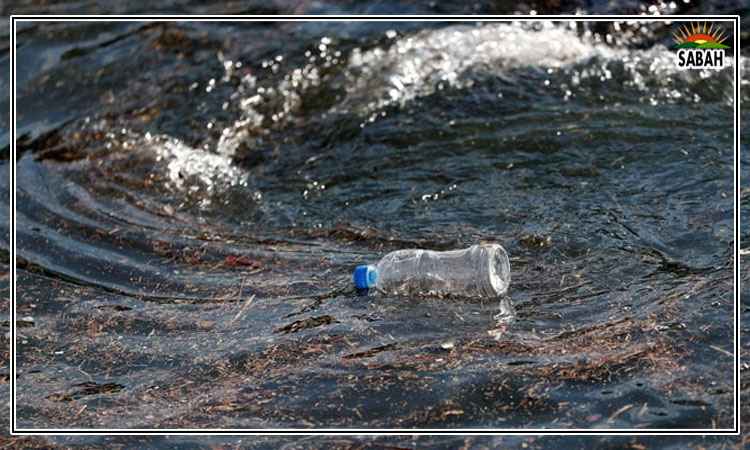Oceanic overflow…Chloe Atkinson
UN Secretary-General Antonio Guterres issued a global SOS Save Our Seas as he visited the Pacific Island nation of Tonga on Tuesday with a plea to the international community to massively increase finance and support for vulnerable countries in grave danger of the climate crisis caused by mankind.
The ocean is overflowing, Guterres warned. This is a crazy situation. Rising seas are a crisis entirely of humanitys making. A crisis that will soon swell to an almost unimaginable scale, with no lifeboat to take us back to safety.
The sea level rise in the Pacific Ocean is outpacing the global average, according to the World Meteorological Organization (WMO).
For instance, Tuvalu and Kiribati are two low-lying island nations in the Pacific Ocean at risk of being submerged.
Globally, sea level advances are accelerating as higher temperatures driven by human-caused climate change, including the continued burning of fossil fuels, melt massive ice sheets, while warmer oceans cause water molecules to expand.
But even compared to the global average rate rise of 3.4 millimeters a year over the past three decades, a new WMO report showed that the average annual increase was significantly higher in two measurement areas of the Pacific, north and east of Australia.
The WMOs State of the Climate in the South-West Pacific 2023 report also details how sea surface temperatures have risen three times faster than the global average since 1980. During that time marine heatwaves have approximately doubled in frequency and are more intense and longer lasting.
The report was released by Guterres and WMO Secretary-General Celeste Saulo at the Pacific Islands Forum in Tonga. It was accompanied by a special briefing document on Surging Seas in a Warming World, described by Guterres as an SOS on sea level rise.
Despite accounting for just 0.02 per cent of global emissions the Pacific islands are uniquely exposed. Their average elevation is just one to two meters above sea level; 90 percent of the population live within 5 kilometers of the coast and half the infrastructure is within 500 meters of the sea.
Elsewhere, other countries are in danger of going underwater soon as well.
The Maldives, an island nation in the Indian Ocean is one of the lowest-lying countries in the world, with an average elevation of just 1.5 meters above sea level.
Rising sea levels pose a significant threat to its existence. A large portion of Bangladesh is low-lying and prone to flooding.
What most people dont understand is that the sea is not equally level. Because the earth itself is distorted, the effect of gravity is uneven around the globe, pulling water into certain places slightly more than others. At the same time, tides, ocean currents, and storms all cause ocean water to gather in certain areas, leading to localized variations in sea levels.
There are two types of sea level rise. Global mean sea level rise, also referred to as eustatic sea level rise or absolute sea level change, is the global average sea level compared to a fixed point. This is the kind of sea level rise most related to climate change as well as the thermal expansion of seawater as it warms.
Relative sea level change, also known as local or isostatic, describes the height of the oceans surface compared to a specific piece of land, such as Tongo for instance. While an increase in sea level at a specific area may be caused by ocean dynamics, it also may be that the land is simply sinking. For this reason, the Pacific Ocean is rising at a higher pace in some areas than other areas on the shores of the Atlantic Ocean for instance.
According to the Natural Resources Defense Council, in the United States, seas are rising slower in some places like the Pacific Northwest, where tectonic plates are shifting land upward. But they are rising much faster on the East Coast, which should anticipate about 1421 inches (0.360.54 meters) by 2050. The western Gulf of Mexico, which is experiencing the fastest sea level rise in the US, is predicted to expect a rise of 19.327.2 inches (0.490.69 meters) in the next 30 years.
In the US, almost 30 percent of the population lives in coastal areas, where sea level rise plays a role in flooding, shoreline erosion, and hazards from storms. Globally, eight of the worlds 10 largest cities are near a coast, according to the U.N. Atlas of the Oceans.
As the UN noted, the research shows that sea-level rise is a real threat. It is affecting the lives and livelihoods of coastal communities and low-lying island nations around the world today, and it is accelerating.
The climate actions and decisions taken by political leaders and policymakers in the coming months and years will determine how devastating these impacts become and how quickly they worsen.
Originally published as: The Pacific
Courtesy The News












